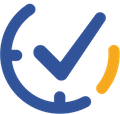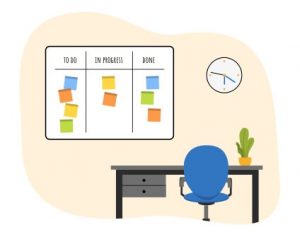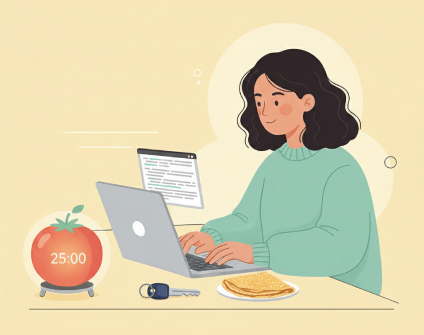I’ve always loved trying new ways to be more productive and that curiosity led me to experiment with a variety of approaches, testing what worked for me. In this article, I want to share the methods that helped me feel in control of my day.
Getting Things Done (GTD)
One method that quickly became a favorite in my productivity experiments is David Allen’s Getting Things Done (GTD). The idea is to write everything down or put it into a tool you trust, instead of trying to remember it all in your head. This way, your brain is free to focus on doing the work, rather than worrying about forgetting something.
I started by capturing every little thing, like tasks, ideas, and errands, into an app, then decided what each item actually meant and what action, if any, I needed to take. After that, I organized everything into categories and prioritized the most important tasks. After reviewing this system regularly, I felt more focused and able to enjoy the process of accomplishing my goals.
Mind Mapping
Another method I’ve loved experimenting with is Mind Mapping, developed by Tony Buzan. It works by starting with a central concept and letting related ideas branch out, connecting them with words, colors, or lines to create a visual map of your thoughts.
When I was preparing for tests, I would set up my whiteboard with colorful markers and write the main topic in the center, then branch out key concepts, formulas, or dates, using different colors to group related ideas. By the time I finished, I had a complete visual summary of the subject that I could study from. This hands-on, visual approach turned overwhelming study material into a clear, organized system.

Flow State Work
When I started working remotely, and especially during a period when I freelanced, I realized that, unlike in a traditional office, I had more flexibility to structure my work around how I felt and when my focus was at its best. That’s when I discovered Flow State Work, based on Mihaly Csikszentmihalyi’s research. The idea is to identify your productive hours and reserve them for your challenging tasks.
I noticed that mornings weren’t my most focused time, so I saved demanding projects for after lunch, when I felt more alert and creative. Of course, this method wasn’t always possible. Some mornings, I had important meetings that couldn’t be moved, but on days without fixed commitments, I could fully follow this approach. This flexibility allowed me to experiment with my natural energy rhythms, scheduling tasks when I knew I could give them my best attention. As a result, I got more done and felt less stressed.

80/20 Rule (Pareto Principle)
One of the most eye-opening lessons I learned was from the 80/20 Rule, or Pareto Principle, which suggests that a small portion of your efforts often drives the majority of your results. To put this into practice, I began reviewing my to-do list each morning and asking myself which tasks would have the biggest impact on my goals.
For example, when managing client projects, I focused on the few deliverables that would really impress and advance the project instead of getting lost in minor details. In my personal life, I identified routines or habits that gave me the most energy, like planning my day the night before or batching similar tasks together.
What works for me might not work for you, but experimenting with different approaches can help you find the methods that suit your style.




